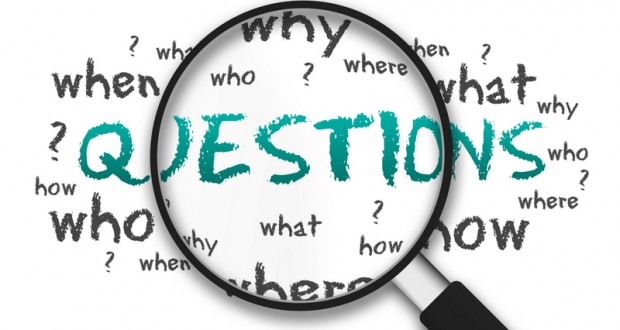By: Red Hot Mamas
Published: January 13, 2016
By Dr. Michael Goodman- Red Hot Mamas Expert
“Can I take estrogen only without progesterone?”
Estrogen (“E”) is really the active hormone involved in peri/post menopausal hormone supplementation/replacement. Sure, progesterone (“P”) has a nifty “side effect” which encourages its use: it has a calming, soporific effect. The reason P is used so often, either continuously or cyclically, is that a percentage (~ 15-20%) of women with a uterus are “sensitive” to “unopposed estrogen” and may develop excess retained tissue within the uterus which increases the risk of uterine cancer in these women.
So… can you take E without P? The answer is, definitely, “
Yes.” Two ways: If you do not have a uterus (.e.g.. post-hysterectomy) you don’t “need” P. Also, If you are willing to visit your menopause specialist every 4-6 months for an ultrasound of the uterus to make sure there is no tissue buildup, you may take E without P safely. Of course, if you are one of the ~ 1 in 5/6 women whose uterus is “sensitive” to E, you will still need to take the cyclic P, but there are many different forms of P you can use, and several delivery systems in addition to oral, including through the skin, in the vagina, via a patch, or imbedded in an IUD that needs to be changed only every 6-7 years!
Is there an alternative to the “Premarin and Provera” that my PCP prescribed for menopausal symptoms?
Premarin™ (aka “conjugated estrogens”) and Provera™ (aka medroxyprogesterone acetate, or “MPA”) were the oral hormones used in the fateful WHI 2002 study of menopause and hormone therapy. This combination, greatly preferred at one time by insurance companies in the generic form because it is cheap (now insurance companies like the equally cheap oral estradiol), does women no favors. MPA is the most dangerous of all P type compounds, as it is a risk factor for both breast cancer and cardiovascular disease (“CVD”). Additionally, orally administered hormones increase hepatic binding proteins which lower a woman’s testosterone and thyroid, and increase clotting factors, increasing the risks of blood clots, stroke, and cardiovascular problems, especially in women with metabolic syndrome and at risk for CVD.
Alternative E sources include estradiol, delivered transdermally via FDA-approved or compounded sources in patches, creams, gels, pellet implants, vaginal rings, oral tablets and injectables. Alternative P sources are bioidentical P delivered via FDA-approved or compounded capsules, creams, intra-vaginal sources, imbedded in a long-acting IUD, or available as various synthesized tablets. Combinations of synthesized E and P are contained in oral contraceptives, and frequently are very helpful during peri-menopause, especially when menses are irregular, heavy, or painful.
Dr. Michael Goodman specializes in labiaplasty and other vulvovaginal aesthetic surgeries, peri- menopausal and sexual medicine, lifestyle enhancement, bone densiometry, pelvic ultrasounds and both routine and difficult gynecologic issues.Stanford University trained in obstetrics and gynecology, Dr. Goodman is also a critically acclaimed author and pioneer in the development and advancement of Minimally Invasive Gynecologic Surgery. Through his private practice and writings he focuses on patient education and involving patients in the therapeutic decision-making process
Published Jan 15, 2016
 Red Hot Mamas In Charge of Change.
Red Hot Mamas In Charge of Change.




